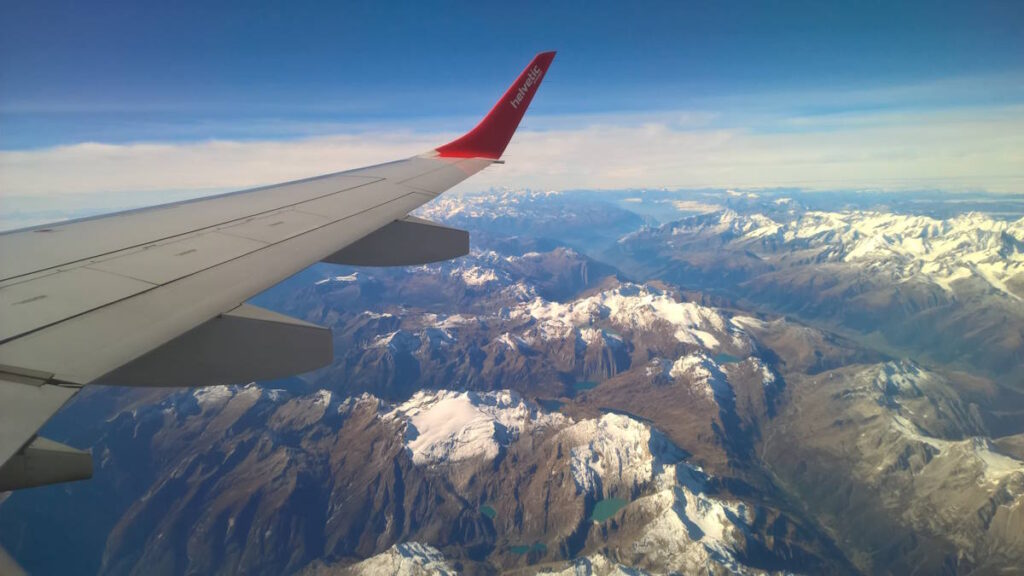
Many people experience fear of heights, also known as acrophobia. It’s a common phobia that can manifest in various ways, from mild discomfort to debilitating anxiety. However, there’s a fascinating paradox: individuals who struggle with acrophobia often find themselves surprisingly comfortable on airplanes. This apparent contradiction lies in the distinct differences between perceived control and actual risk when it comes to heights.
This article delves into the psychology behind why am i scared of heights but not flying. We’ll explore the nature of acrophobia, examine the contrasting feelings of control associated with different situations involving heights, and analyze the factors that contribute to passenger confidence in air travel.
Acrophobia Explained
Acrophobia is an intense and irrational fear of heights. It triggers a cascade of physiological responses, including increased heart rate, sweating, dizziness, and shortness of breath. The root cause often stems from a perceived lack of control over one’s position and the potential for falling. Visual cues like steep drops or expansive views can exacerbate these feelings, leading to panic and avoidance behaviors.
While acrophobia is a recognized phobia, its severity varies greatly among individuals. Some may experience mild discomfort when standing on a balcony, while others might be completely incapacitated by the thought of climbing stairs. The intensity of fear often depends on personal experiences, learned associations, and individual susceptibility to anxiety.
Perceived Control vs. Actual Risk

The key difference between fearing heights on the ground versus flying lies in the perceived level of control. When standing on a high ledge or overlooking a precipice, individuals feel vulnerable and exposed. Their movements are limited, and there’s a tangible sense of risk associated with losing balance or falling. This lack of control triggers the fear response.
In contrast, air travel offers a distinct feeling of security and control. Passengers are securely fastened within a designed aircraft, entrusted to the expertise of trained pilots and engineers. The plane itself is meticulously maintained and equipped with advanced safety systems, minimizing the perceived risk of an accident.
Flying as a Controlled Environment
Airplanes are engineered marvels designed for safe and efficient flight. They undergo rigorous inspections and maintenance procedures to ensure optimal performance and passenger safety. Passengers are seated in comfortable and secure compartments, equipped with seatbelts and other safety features. The enclosed cabin environment provides a sense of protection and stability, further reducing the feeling of vulnerability associated with heights.
The controlled nature of air travel extends beyond the physical aspects of the aircraft. Pilots undergo extensive training and adhere to strict regulations and procedures. Air traffic control systems monitor and guide flights, ensuring safe separation between aircraft and preventing collisions. This comprehensive system of checks and balances instills a sense of confidence in passengers, knowing they are in capable hands.
Trust in Pilots and Engineers

Passengers place immense trust in the expertise of pilots and engineers who make air travel possible. Pilots are highly skilled professionals with years of training and experience navigating complex airspace conditions. They possess an intimate understanding of aircraft systems and safety protocols, ensuring a smooth and secure flight.
Engineers play a crucial role in designing, building, and maintaining aircraft. Their meticulous attention to detail and commitment to safety standards contribute to the reliability and trustworthiness of airplanes. Passengers implicitly trust that these professionals have done their utmost to ensure a safe journey, allowing them to relax and enjoy the experience.
Aircraft Safety and Reliability
The aviation industry boasts an impressive safety record. Modern aircraft are equipped with advanced safety features, including redundant systems, autopilot capabilities, and sophisticated navigation technology. These advancements significantly reduce the risk of accidents, providing passengers with a sense of security.
Furthermore, stringent regulations and oversight by aviation authorities ensure that airlines adhere to rigorous safety standards. Regular inspections, maintenance checks, and pilot training programs contribute to maintaining high levels of aircraft reliability and passenger safety. This commitment to safety fosters trust and confidence in air travel.
Conclusion
The seemingly paradoxical experience of individuals who fear heights but feel comfortable flying can be explained by the contrasting perceptions of control and risk. While standing on a high ledge evokes feelings of vulnerability and lack of control, flying offers a sense of security within a controlled environment. Passengers trust in the expertise of pilots and engineers, the reliability of aircraft design, and the comprehensive safety measures implemented throughout the aviation industry. These factors contribute to a feeling of confidence and reassurance, allowing individuals with acrophobia to overcome their fear and enjoy the experience of air travel.
